Years before beavers famously returned to Martinez, Los Gatos locals were spotting them in their creeks and ponds. How they got there, though—that’s a bit of a rabbit hole.
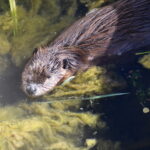
Sign up for our free weekly newsletter and understand everything better!
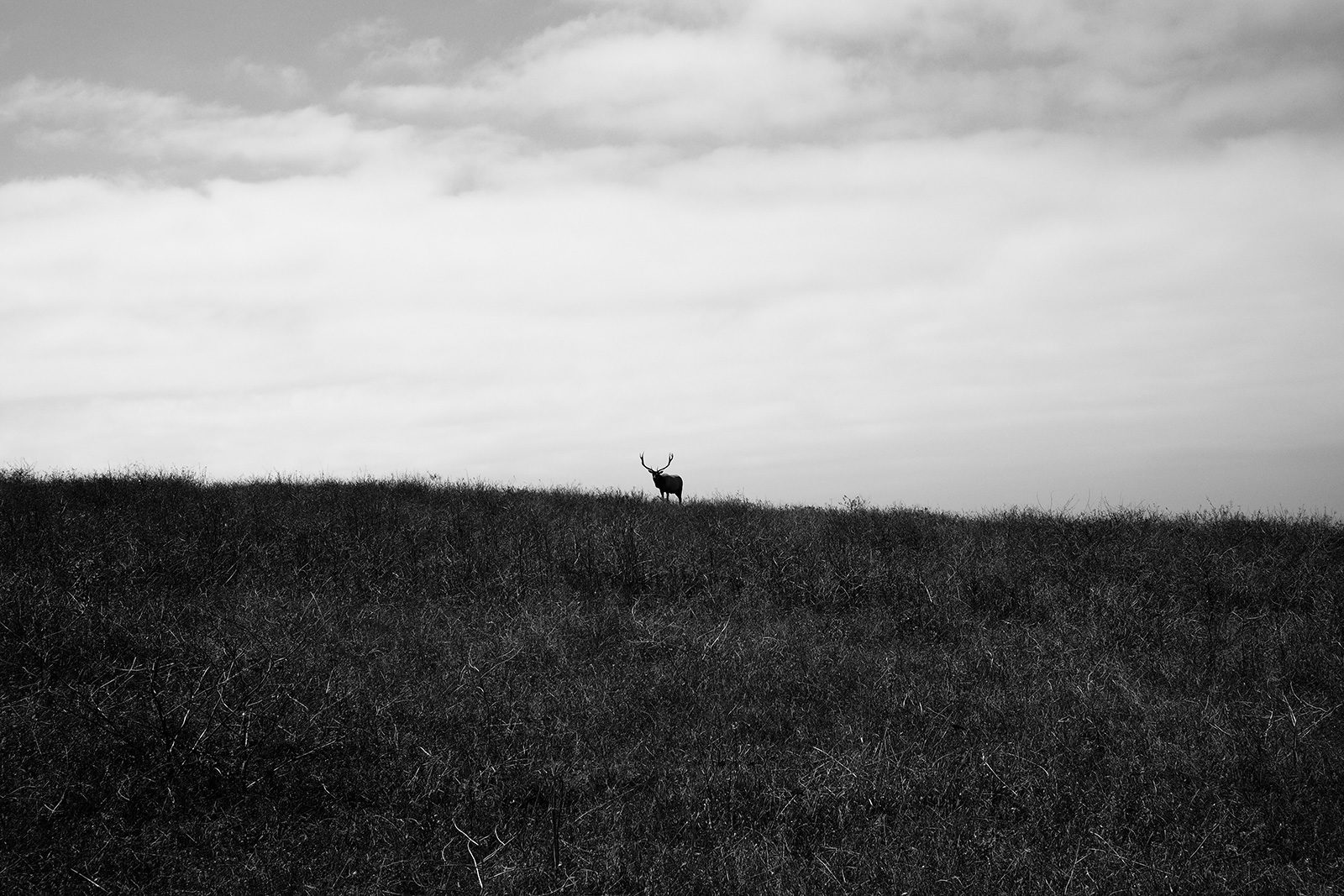

Years before beavers famously returned to Martinez, Los Gatos locals were spotting them in their creeks and ponds. How they got there, though—that’s a bit of a rabbit hole.
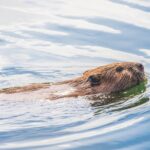
California’s beavers have been by turns hunted, protected, and neglected—even parachuted away to distant forests. Today, the embattled rodent is finding new appreciation for its ecological work.
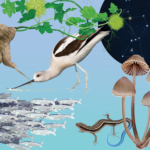
You didn’t imagine it. That was a tiny blue tail you saw wriggling through the damp leaves and brush. Illustrations by Jane Kim.

The official bird of San Francisco has been AWOL in the city for years. But the Presidio hopes to change that.

Though, faced with freedom, Condor 1139 and his fellow juveniles take their sweet time to step across the threshold. “We’re on condor time,” says a program manager.
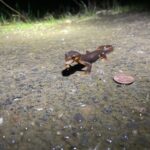
“In some areas, they blanketed the road,” says a volunteer newt-rescue organizer.
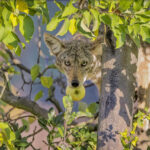
Or at least there’s one in Moraga that can, as this video shows.
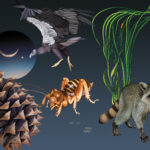
When you’re the biggest bird in North America, it takes a little while to grow up. Illustrations by Jane Kim.
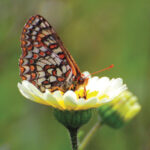
“Can we communicate, pay attention, and learn about the needs of wildlife well enough to love it and allow it to thrive?” asks editor-in-chief Victoria Schlesinger
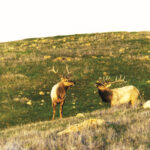
The 1,800-acre Máyyan ‘Ooyákma–Coyote Ridge Open Space Preserve is home to 13 endangered or threatened species. Volunteers played a major role in making it accessible to the public.